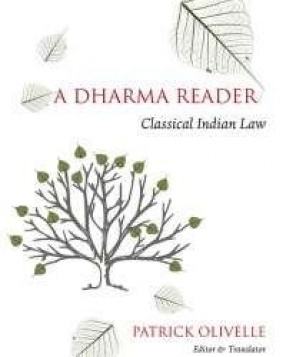
Patrick Olivelle

Showing all 12 books

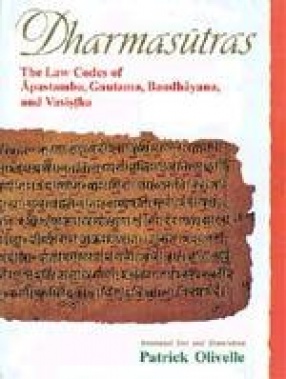
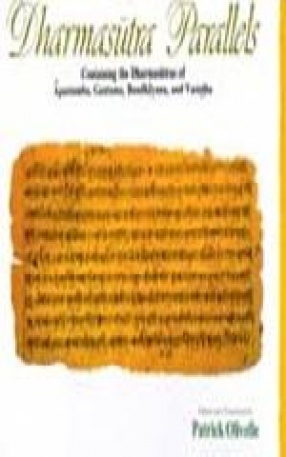
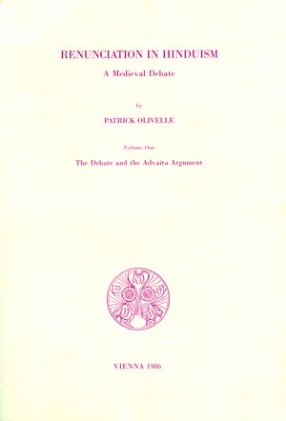
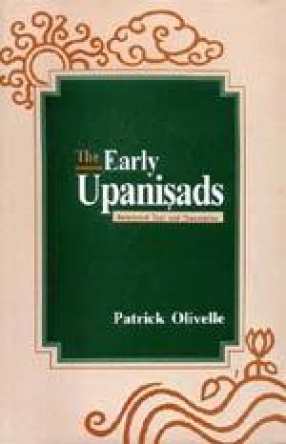

A Dharma Reader traces the definition and process of Indian law from the third century bce to the middle ages. Its breadth captures the centuries-long struggle by Indian thinkers to theorize law in a complex society. In classical times, India’s diverse groups like family, caste or other institutions settled on a concept of law. How did they reach consensus? Was it based in religion or transcendent knowledge? Did it depend on time and place? What apparatus ...
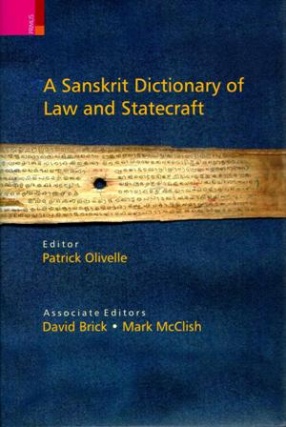
This Dictionary contains technical terms used in Sanskrit texts of ancient and medieval India dealing with law and statecraft within Dharmasastra and Arthasastra. As editors, we have attempted to make the Dictionary as comprehensive as possible, even though, given the vast extent of the literature, this is an ideal to which we can only aspire. We have, however, gathered terms used in all the most significant texts of the two traditions.

This is the first scholarly book devoted to the study of the term dharma with in the broad scope of Indian cultural and religious history. Most generalizations about Indian culture and religion upon close scrutiny turn out to be inaccurate. An exception undoubtedly is the term dharma. This term and the notions underlying it clearly constitute the most central feature of Indian civilization down the centuries, irrespective of linguistic, sectarian, or regional ...

The Dharmasutras are the four surviving works of the ancient Indian expert tradition on the subject of Dharma, or the rules of behavior a community recognizes as binding on its members. Written in a pithy and aphoristic style and representing the culmination of a long tradition of scholarship, the Dharmasutras record intense disputes and divergent views on a wide variety of religious and social issues. These unique documents give us a glimpse of how people, ...
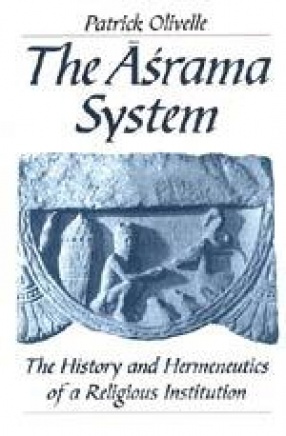
The lesser known and explored of the two pillars of Hinduism, Varna and Asrama, Asrama is a system of four distinct and legitimate ways of leading a religious life: as a celibate student, a married house-holder, a forest hermit, and a world renouncer. In this, the first full-length study of the asrama system, Patrick Olivelle uncovers its origin and traces its subsequent history. He examines in depth its relationship to other institutional and doctrinal aspects ...

The Dharmasutra Parallels presents in a synoptic layout of the passages in the four Dharmasutras of Apastamba, Gautama, Baudhayana, and Vasistha that deal with identical topics. The Dharmasutras represent the oldest extant codification of Law in ancient India. A close study of these early legal treatises is essential if we are to understand not only the legal but also the cultural and religious history of the three or four centuries prior to the common era, a ...
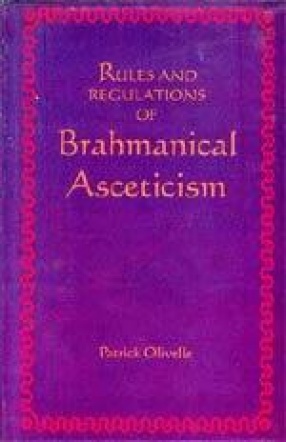
Rules and Regulations of Brahmanical Asceticism is the critical edition and translation of a twelfth-century Sanskrit text written by Yadava Prakasa, whose life and activities are of historical interest because, according to tradition, he was the teacher of the great Vaisnava theologian Ramanuja. This text is the oldest and most comprehensive example of medieval Sanskrit literature devoted to examining the duties of ascetics. Yadava Prakasa is the only one who ...

The length of this work made it possible to publish it in one volume. The second volume will include Part Three: The Visistadvaita Argument, and the indexes.


The Upanishads are the central scriptures of Hinduism. They represent some of the most important literary products in the history of Indian culture and religion, both because they played a critical role in the development of religious ideas in India and because they are our greatest source for the religious, social, and intellectual history of ancient India. Composed at a time of great social, economic, and religious change, the Upanisads document the transition ...
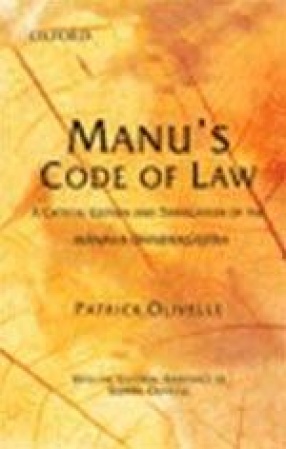
Manu's Code of Law, which dates back to about the second century CE, has long been considered the most authoritative work on Hindu law, religion, and social mores. In this volume is contained the first critical edition of the Code, as well as an accurate and elegantly worded translation. The Code has often been the subject of criticism as it is believed to propagate a negative and unjust attitude towards women and persons of low caste. The editor points out that ...
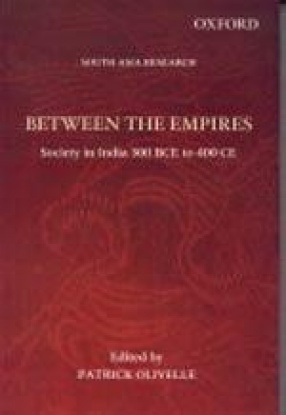
This volume is the result of an international conference organized by the South Asia institute at the University of Texas. The purpose of the conference was to bring together the world's leading Indologist representing a variety of disciplines to discuss and share recent research on a hitherto neglected period of Indian history (300 BCE to 400 C). Patrick Olivelle has collected and edited the best papers to emerge from the conference. Part 1 of the book looks as ...
